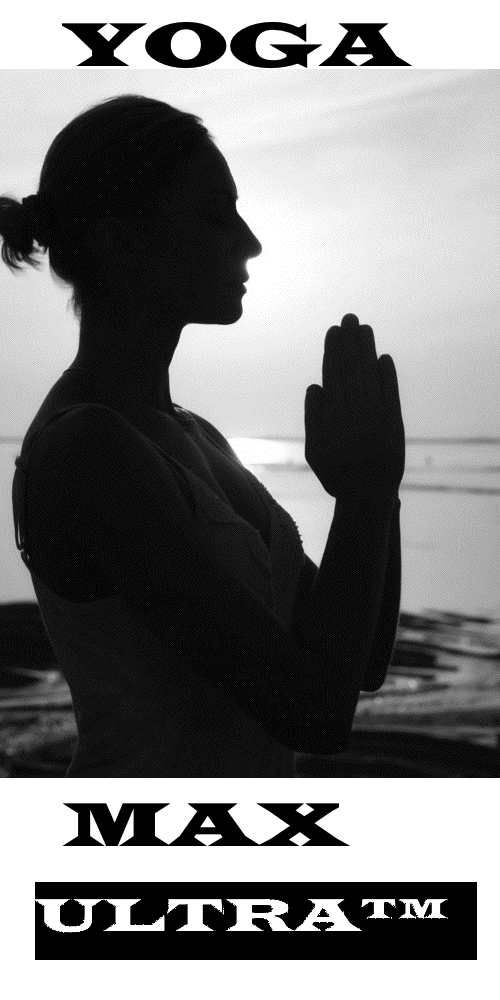Ananda Yoga
This stye of yoga focuses on gentle postures designed to move the energy up to the brain and prepare the body for meditation. Classes also focus on proper body alignment and controlled breathing.
Ashtanga Yoga
This style of yoga is physically demanding as it involves synchronizing breathing with progressive and continuous series of postures-a process producing intense internal heat and a profuse, purifying sweat that detoxifies muscles and organs. The result is improved circulation, flexibility, stamina, a light and strong body, and a calm mind. Ashtanga is an athletic yoga practice and is not for beginners.
You do a nonstop series of yoga poses. Ashtanga yoga also uses a special breathing technique that's said to help focus the mind and control the flow of breath through the body.
Bikram Yoga
This style of yoga is a comprehensive workout that includes all the components of fitness: muscular strength, muscular endurance, cardiovascular flexibility and weight loss.
You do a sequence of 26 yoga poses in a very hot room, above 100 degrees.
Hatha Yoga
This style of yoga is an easy-to-learn basic form of yoga that has become very popular in the United States. Hatha Yoga is the foundation of all Yoga styles. It incorporates Asanas (postures), Pranayama (regulated breathing), meditation (Dharana & Dhyana) and kundalini (Laya Yoga) into a complete system that can be used to achieve enlightenment or self-realization
"Hatha yoga" originally meant the physical practice of yoga: the poses, more than the breathing exercises, for instance. The term now is often used when a few different yoga styles are combined to create a simple class that's good for beginners learning to do basic poses.
Integral Yoga
This traditional type of yoga combines postures, breathing exercises, selfless service, meditation, chanting, prayer, and self-inquiry.
Integral Yoga uses classical hatha postures, which are meant to be performed as a meditation, balancing physical effort and relaxation,” says Swami Ramananda, president of the New York Integral Yoga Institute in Manhattan. In addition to a gentle asana practice, classes also incorporate guided relaxation, breathing practices, sound vibration (repetition of mantra or chant), and silent meditation.
Kripalu Yoga
This style of yoga is called the yoga of consciousness. This gentle, introspective practice urges practitioners to hold poses to explore and release emotional and spiritual blockages.
Kripalu yoga begins with slow movements that barely cause a sweat, and progresses through three levels of deeper mind-body awareness.
Kundalini Yoga
This style of yoga concentrates on awakening the energy at the base of the spine and drawing it upward. In addition to postures, a typical class will also include chanting, meditation, and breathing exercises.
Kundalini yoga is more spiritual and philosophical in approach than other styles of yoga. Kundalini yoga classes include meditation, breathing techniques, and chanting as well as yoga postures.
lyengar Yoga
This style of yoga promotes strength, flexibility, endurance, and balance through coordinated breathing and poses that require precise body alignment. The poses are generally held longer than in other styles of yoga. In Iyengar, you slowly move into a pose, hold it for a minute or so, and then rest for a few breaths before stretching into another.
Detail-oriented and slow-paced, Iyengar yoga is good for beginners.
You may use props -- belts, blocks, and pillow-like bolsters -- to get into poses with correct alignment.
Power Yoga
This style of yoga is essentially yoga with brawn. It's the American interpretation of ashtanga yoga, a discipline that combines stretching, strength training, and meditative breathing. But power yoga takes ashtanga one step further.
Power yoga is one of the most athletic forms of yoga.
Based on the sequence of poses in Ashtanga yoga, power yoga builds upper-body strength as well as flexibility and balance. You flow from one pose to another.
Sivananda
This style of yoga is geared toward helping students answer the age-old question “Who am I?” This yoga practice is based on the philosophy of Swami Sivananda of Rishikesh, India. Like Integral Yoga, this traditional type of yoga combines postures, breathing, dietary restrictions, chanting, scriptural study, and meditation. The popular TV yoga teacher Lilias got her start practicing Sivananda Yoga
Svaroopa
This style of yoga teaches different ways of doing familiar poses, emphasizing the opening of the spine by beginning at the tailbone and progressing through each spinal area. Every pose integrates the foundational principles of asana, anatomy, and yoga philosophy, and emphasizes the development of transcendent inner experience, which is called svaroopa by Patanjali in the Yoga Sutra. This is a consciousness-oriented yoga that also promotes healing and transformation.
Tibetan
This style of yoga is a term used among Buddhists to describe a range of tantric meditation and pranayama practices. Though little is known in the West about the physical practices of Tibetan Yoga, in 1939, Peter Kelder published Ancient Secret of the Fountain of Youth, describing a sequence of postures of Tibetan origin called “The Five Rites of Rejuvenation.”
Viniyoga
This style of yoga is used as a therapeutic practice for people who have suffered injuries or are recovering from surgery. It is a gentle, healing practice that is tailored to each person's body type and needs as they grow and change.
Vinyasa
This style of yoga focuses on coordination of breath and movement and it is a very physically active form of yoga.
Vinyasa-style yoga combines a series of flowing postures with rhythmic breathing for an intense body-mind workout.
 YOGA MAX ULTRA™
YOGA MAX ULTRA™